If you are heading to the Oregon and Washington State tasting today then make sure you find time to visit The Wine Treasury stand and the chance to discover first generation winemaker Maggie Harrison’s wines from Antica Terra. Why? Well give us two minutes and we’ll tell you…
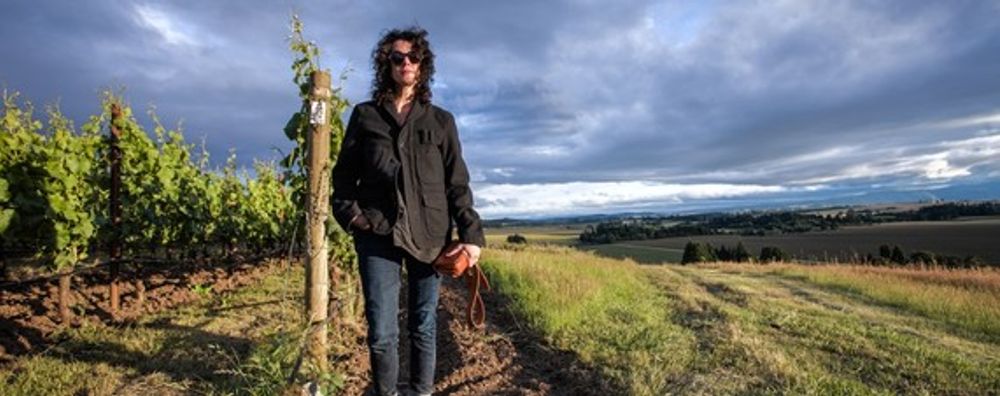
Maggie Harrison was blown away by the landscape and opportunities to make wine at Antica Terra
“I never just pull a cork on one of my own wines to just drink with dinner with my husband,” is one of the many statements that Maggie Harrison makes over the course of a tasting lunch that stop you in your tracks.
Not because she is saying things for effect. Far from it. It’s just what she thinks. Straight up. No filter and it’s all the more refreshing for it.
So why does she not drink her own wines? Simple. She has had her nose in her own wine all day long. The last thing she needs to do when she has her feet up is to mentally go back to work and start nosing the wine you have been picking, sorting, filtering, pumping over, or bottling, over the course of the previous few hours.
“I rarely actually drink my own wine,” she insists, and there is no reason to doubt her. “It’s like being a musician and going back to watch your own performance.”
Which is probably why you hear all those A list film stars claiming on chat shows that they never watch the films they are in. Not that we believe them.
For Harrison it is more the difficulty she has in knowing all the back story there is to how the wine was made. All the months that lead up to the grapes being picked, the weeks and months of fermentation and ageing. The process that goes on just to get the wines in the bottle.
It’s why she finds it strange that other winemakers are fixated so much about their own wines that they will even order them when going out to eat. “When I worked in restaurants I used to get frustrated when a winemaker would only bring in their own wine to drink, or order their wine from the list,” she adds.
Even at they own winery you will find plenty of wines from other producers than her own wine. “We love to open up some crazy wine for us all to enjoy. We want to serve wines that create an interest.”
That’s not to say she can’t do her own fixating when it comes to her wines or the kinds of wines she likes to make from the Antica Terra winery in Oregon’s Willamette Valley.
Love at first sight
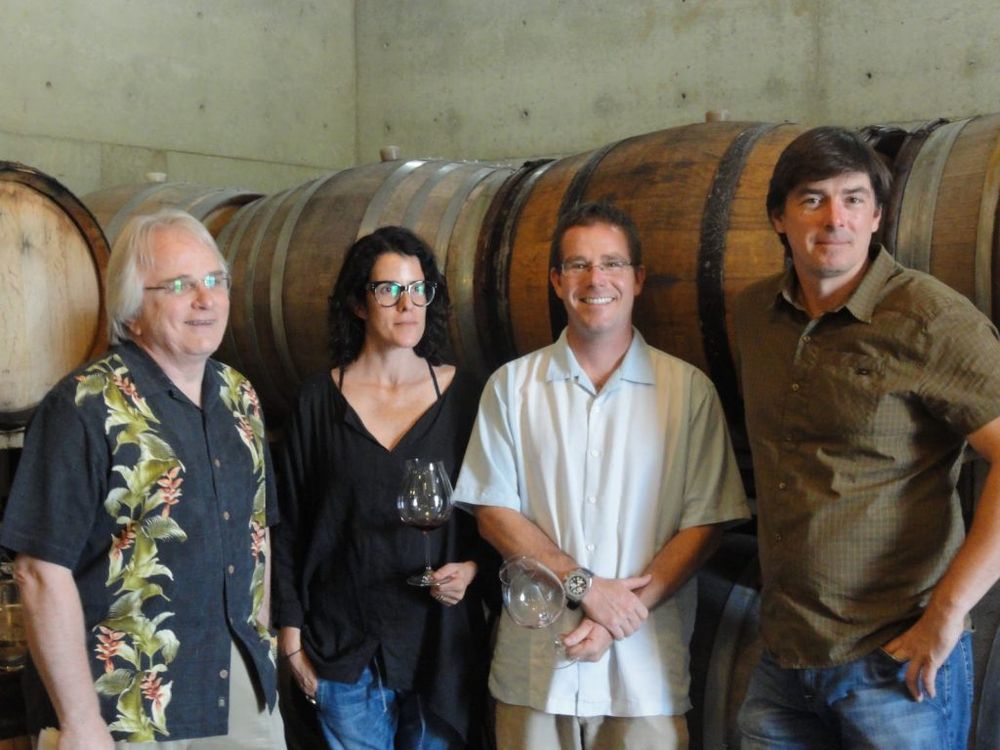
The team behind the Antica Terra winery
The fact Harrison is in Oregon at all is more down to the persuasive skills of three of her friends than a long held passion to make wine there. She had been quite happy working for Sine Quan Non winery in Sant Barbara, California. As well as making wine on the side with a Syrah project, Lillian.
That was until 2005, when three of her friends, Scott Adelson, John Mavredakis and Michael Kramer, who she had worked with on other projects, decided to buy Antica Terra in Willamette Valley, Oregon.
When they asked Harrison to be their winemaker it was an offer she could and did refuse.
That is until they persuaded her to come up and see the land for herself. That’s when the story gets a bit blurred, but it’s safe to say within a few seconds (26 according to the winery website) she was on the phone to her husband telling him they were moving the family to Oregon.
Which tells you one thing. Antica Terra has got very good wifi.
So what’s so good about the Willamette Valley, or Antica Terra’s part of it to be exact than was so enthralling and exciting for Harrison to want to move there.
First time around
Part of the reason lies in how Harrison sees herself as a first generation winemaker. It is not often you hear winemakers use the term. Any mention of generation is normally kept for boasting about how many generations there have been before them, rather than admit to being first out of the blocks.
So for Harrison there is no back story to rely on. No cellars filled with decades of past vintages to compare, contrast and analyse. It’s up to her to craft her own history. There’s also no formal wine education to help her, as she has got where she is today thanks to “part luck, part tenacity” and the timing to be in the right places at the right time.
“I also learnt about wine from someone who also did not learn about wine either,” she says. “We were like two deaf and blind people making our wine together,” is how she describes the time she spent as assistant winemaker to Manfred Krankl.
It’s where she discovered what she refers to asthe “psycho geographical terroir” approach to creating a wine where they would taste from 170 different plots, put them together and then take them apart again. Where they blended based on their interpretation of a particular plot of land versus another. Which meant every year the blend would be different.
“I owe it to my family to investigate the story,” she explains. “So whoever comes after me has a better story to know.”
Another stop you in your tracks statement.
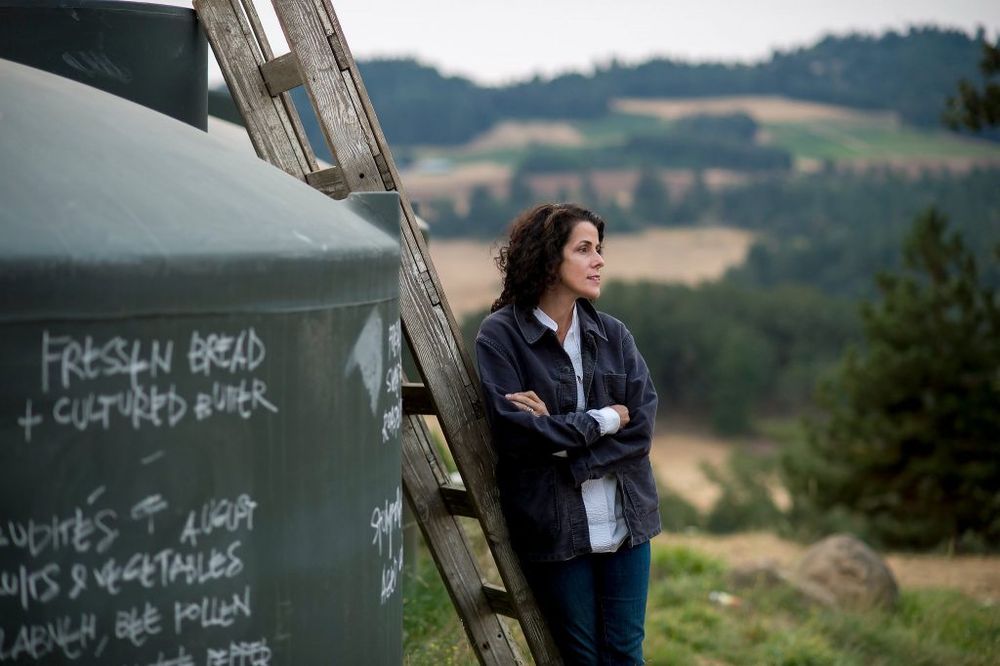
Maggie Harrison was persuaded to move from California to Oregon by three close friends. Picture: New York Post
But one that rings particularly true when she describes how she only has a finite number of harvests to do in her life and that each one has to really count so that it can make the next vintage better.
“I can only make these discoveries one a year,” she explains. “That is really hard. Especially when there are such big vintage differences.”
She adds: “I think first generation winemakers should have their own category. We are effectively four people starting a new business for the first time. There are sometimes disasters every day.”
All of which we discussed on an empty stomach. If were to hear more, we needed wine and food.
The Chardonnay conundrum
The first course of our beautifully created meal at Shoreditch’s not so well kept secret, The Clove Club, was spent analysing Chardonnay. Or at least the fact Chardonnay is more of a taboo subject amongst the winemakers she hangs out with back in Willamette Valley, Oregon.
“A lot of winemakers don’t want to talk about Chardonnay. They would rather talk about quantum physics,” she says. “Chardonnay as a topic is a monster.”
Harrison is as clear about the Chardonnay in Oregon she does not want to make, as she is the ones she does. You won’t, for example, find her busy adding and subtracting this and that in the winery.
“I just look at what is in front of me. Other winemakers seem to look at it like a pit bull where they are scared at what they see. They’re just not sure what to do with Chardonnay,” she claims.
Which is probably because this is traditionally such a strong region for Pinot Noir.
It is in stark contrast to how you would approach Chardonnay in California, adds Harrison. There you are pretty much guaranteed lovely ripe fruit. “All those things are there for you,” she claims.
In Oregon the gap between success and failure is much smaller. “You are not guaranteed to get it right.” The challenge for a winemaker in Oregon is how brave you are going to be with Chardonnay.
“You need to go and see where the edge is. How far can you go before it falls off the edge,” she explains.
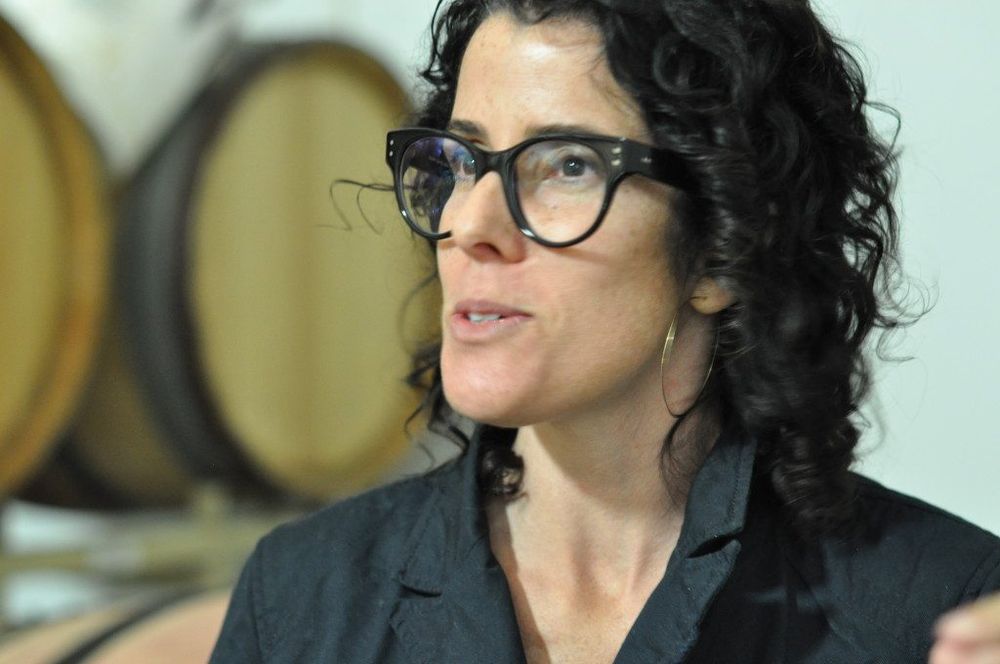
Aurata Chardonnay
Which is how she introduced the Aurata Chardonnay 2015 from Antica Terra. Here the grapes come from the Shea Vineyard, chosen because it is where the winery finds the real depth and intensity in its red wines. Ideal, she thinks, to create Chardonnay’s full of acidity with a deeply expressive style,” she says.
It is that power that a true Chardonnay can give you that is she is looking for most. Which means spending as much time in the vineyard looking at the grapes and soils, rather than over analysing everything in the winery laboratory.
She admits it’s a delicate balancing act to get the timing just right. “We are constantly out tasting and decide to pick (in clusters)just when the acids and ripeness start blending out in the vineyard,” she explains.
Which means she can be picking her Chardonnay grapes some six to eight weeks later than other winemakers in the area. “Sometimes we pick our Chardonnay later than our Pinot Noir.”
It means the alcohol levels can be a higher, but there is still that strong acidity to give the wine plenty of dry freshness and poise.
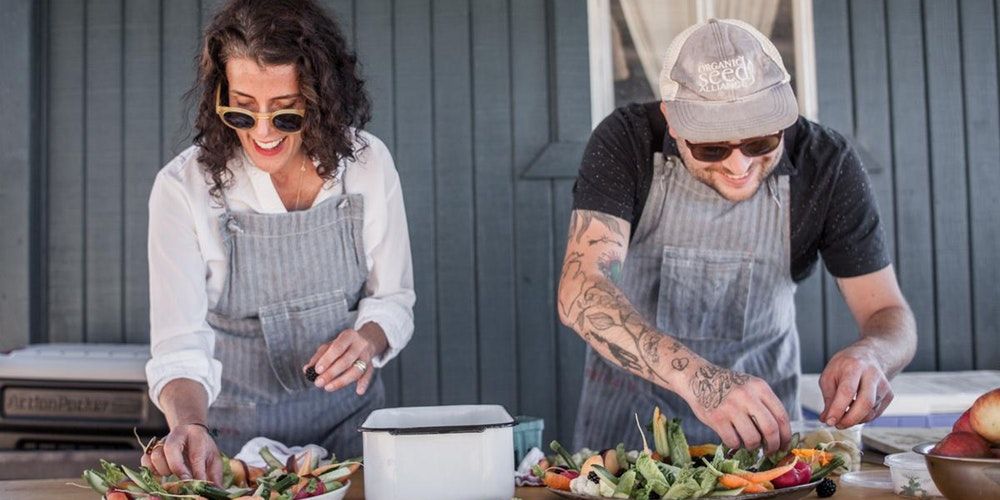
Back to Pinot Noir
You can’t talk Oregon without getting your feet dirty in Pinot Noir, but at least with Harrison’s range of Pinot Noirs they would all be very good for your soles.
She has four different Pinot Noir wines: Ceras; Botanica; Obelin; Antikythera; and Corioulus, a second label that is only made in very good vintages where all money goes to local Oregon charities.
For her making a good Pinot Noir is also testing your ability to blend and bring together the right combinations of fruit.
All the wines are as elegant, refined and grown up as you would expect. But they come alive every time Harrison turns her full attention on telling their story. Tales she might have told ten times over. But as with a musician, a band or an actor finding success for the first time they still feel completely fresh, raw and exciting to hear.
If John Peel was still spinning his new discoveries late at night, Maggie Harrison would be guaranteed to be on his play list.
- The wines are available through The Wine Treasury and will be on their stand at the Oregon and Washington State Encounter taking place today in London.









































